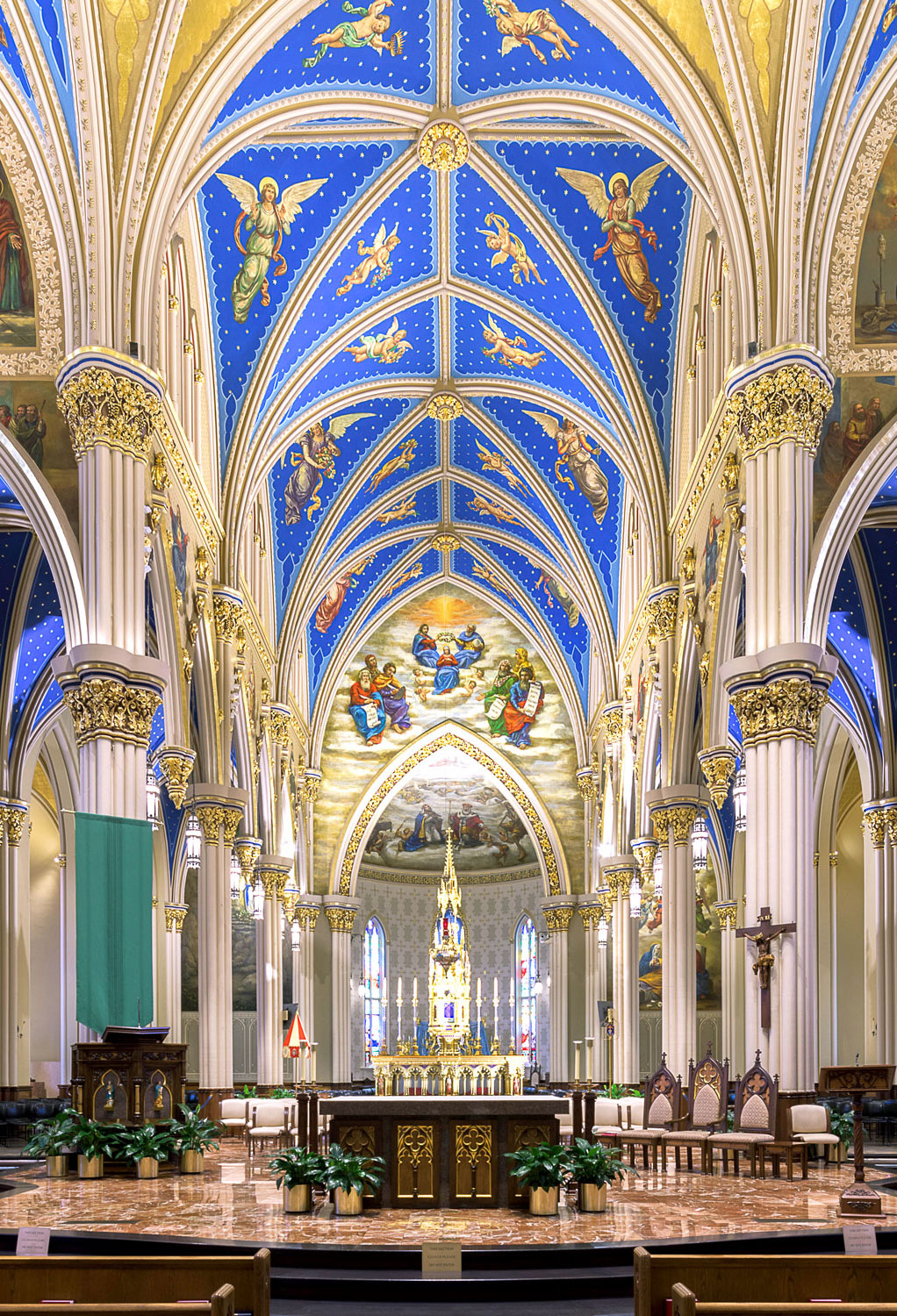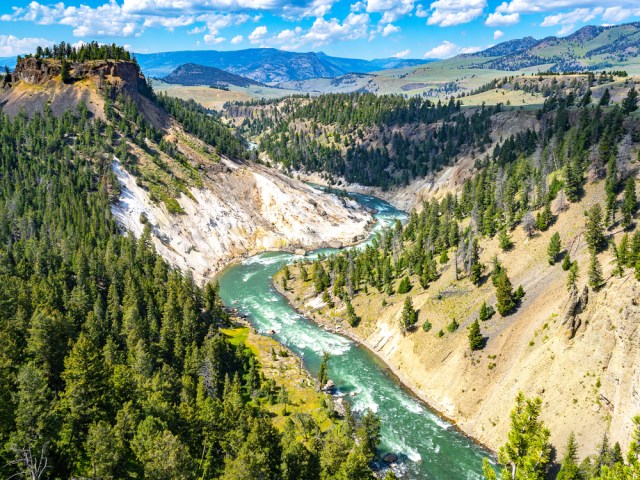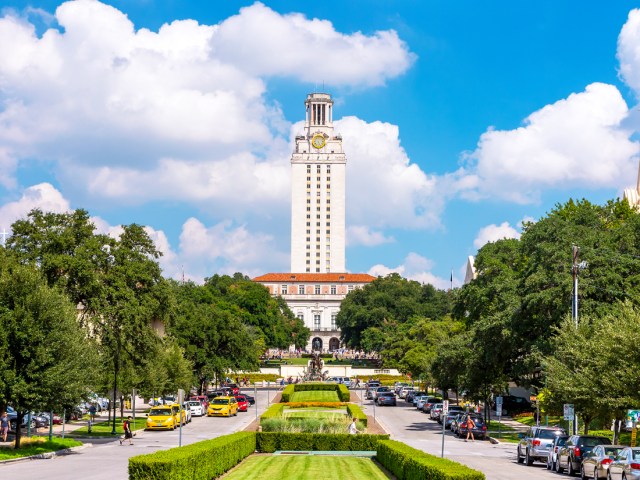If you tend to think of the Midwest as a collection of “flyover states,” think again. This sometimes overlooked region is home to its fair share of history, with fascinating monuments honoring pivotal events in our nation’s past, Indigenous peoples and their cultures, and notable Presidents. Next time you find yourself in the middle of the country, make sure to stop at six of the best historical sites to visit in the Midwest.
Crazy Horse Memorial – Custer County, South Dakota
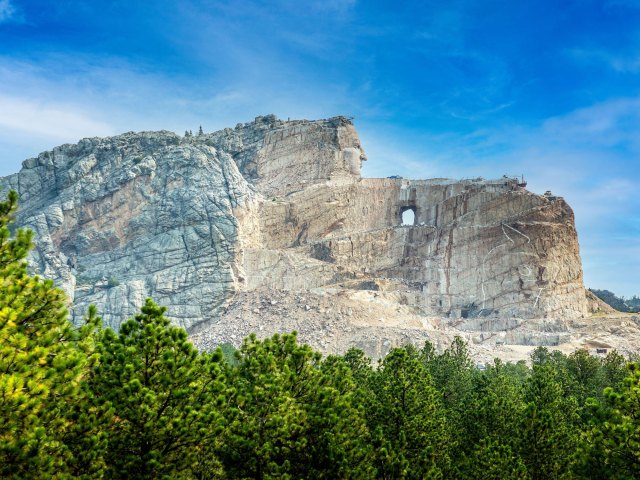
More than 75 years in the making, this massive monument in the Black Hills of South Dakota is set to become the world’s largest sculpture when it is finally completed. The brainchild of Polish-American sculptor Korczak Ziolkowsk, the memorial pays homage to Crazy Horse, or Tasunke Witco, an Oglala Lakota warrior who made history fighting for his peoples’ freedom. In 1876, Crazy Horse led the charge against General Custer and the Seventh U.S. Cavalry Battalion, in what is known as Custer’s Last Stand or the Battle of Little Big Horn.
Today, the partially completed image of Crazy Horse is carved into Thunderhead Mountain in South Dakota, on land considered sacred by his tribe. Beginning at the visitor center and museum, shuttle buses run to the base of the mountain to allow for a better view of the sheer enormity of the project. (Fun fact: All four Presidents on nearby Mount Rushmore can fit into the side of Crazy Horse’s face.) Funded by the Mission of Crazy Horse Memorial Foundation, the monument is open year-round as a way to educate, protect, and preserve the heritage of Native Americans.
Gateway Arch – St. Louis, Missouri
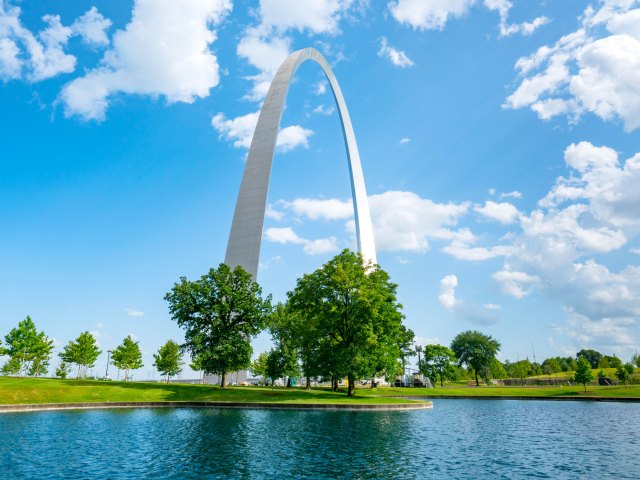
The Gateway Arch is more than just a familiar landmark on the St. Louis skyline — it’s a monument steeped in U.S. history. Formerly known as the Jefferson National Expansion Memorial, the Gateway Arch was built in 1963 to honor Thomas Jefferson and his vision of Westward Expansion. To this day, it remains the tallest monument in the U.S.
Jefferson, who negotiated the Louisiana Purchase in 1803, hoped to create a nation that stretched from coast to coast. The shape of the arch — designed by famed architect Eero Saarinen — represents the door to the west and the completion of Jefferson’s vision.
To make the most of your visit, stop by the museum to learn more about St. Louis’ role in westward expansion or visit the virtual reality theater to experience a typical 1850s riverfront. Then take the short tram ride to the top, where a viewing platform offers incredible views of St. Louis and beyond.
Mount Rushmore – Keystone, South Dakota
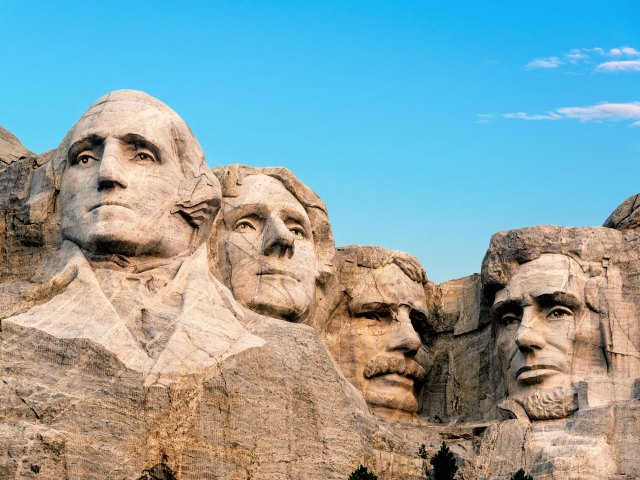
One of the most famous historical monuments in the Midwest, Mount Rushmore is a popular stop for road trippers, averaging approximately 2 million visitors per year. Nestled in the Black Hills of South Dakota, about a 30-minute drive east of the Crazy Horse Memorial, the monument pays homage to four U.S. Presidents: George Washington, Thomas Jefferson, Theodore Roosevelt, and Abraham Lincoln.
Mount Rushmore’s sculptor, Gutzon Borglum, selected each President to represent a pivotal moment in the creation of the United States: Washington represents the nation’s birth; Jefferson, the nation’s growth; Roosevelt, the nation’s development; and Lincoln, the nation’s preservation.
Measuring 200 feet long and 60 feet high, the mountainside sculpture took 14 years to complete. By the time it was finished in 1941, about 400 people had worked on the sculpture, often using dynamite to bust through the granite. Beneath the monument, visitors can walk through the Avenue of Flags, which features 56 flags to represent the states, districts, territories, and commonwealths of the U.S.
Lincoln Home National Historic Site – Springfield, Illinois
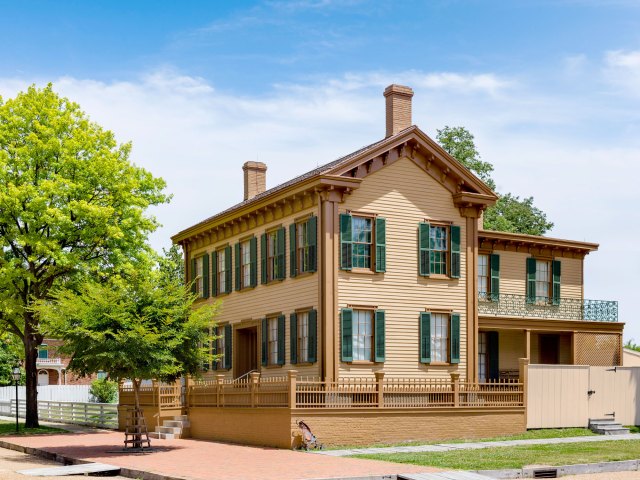
This unassuming two-story Greek Revival home on Eighth and Jackson Streets in Springfield, Illinois, holds more history than meets the eye. As the Lincoln Home National Historic Site, the structure was formerly owned by President Abraham Lincoln, who lived here with his wife and sons for 17 years. Lincoln purchased the home in 1844 and moved out in 1861 after he was elected President.
Built in 1839, the home retains its original foundation and much of its original structure, with an interior that reflects the time period during which the Lincolns resided in the home. Incredibly, some of Lincoln’s furniture was passed down to tenants after he was assassinated in 1865 and remains in the house today.
Tours of the home are available to the public, led by National Park Rangers who share anecdotal details about the family, and how Lincoln’s time in Springfield shaped his career and rise to the presidency.
Basilica of the Sacred Heart, Notre Dame – South Bend, Indiana
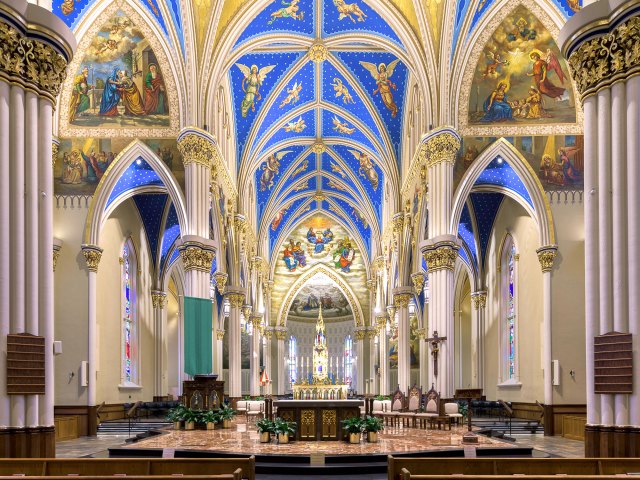
Located on the University of Notre Dame campus in South Bend, Indiana, the Basilica of the Sacred Heart is northwest Indiana’s oldest church. The church’s site dates back to the 1830s when it was a log chapel built by the university’s founder, Father Edward Sorin. After burning down in 1848, the chapel was replaced by the grand basilica, although a replica of the original log chapel can be visited on campus.
For the basilica’s elaborate design, Sorin hired an Italian artist to paint 56 frescoes and employed various French artisans to create the ornate stained glass artwork. As a result, the neo-Gothic basilica contains one of the largest collections of 19th-century French stained glass in the world. It has been on the National Register of Historic Places since 1978 and is open to the public year-round.
Dignity of Earth and Sky – Chamberlain, South Dakota

Located along Route 90 in South Dakota, Dignity of Earth and Sky is a tribute to the women of the Lakota and Dakota Nations. Unveiled in 2016, this soaring sculpture by South Dakota artist Dale Claude Lamphere brings awareness to the stories of Indigenous women, an underrepresented population in the nation’s history.
Initially known as the Oceti Sakowin, or “Seven Council Fires,” the Lakota and Dakota nations occupied the Great Plains for centuries before European settlers arrived in the region, at which point they were referred to as the Sioux. Known for their nomadic lifestyle, they were masterful horseback riders who were forced to defend their way of life, resulting in conflicts during the westward expansion of the nation.
Dignity of Earth and Sky stands 50 feet high, overlooking the Missouri River and the homelands of the Lakota and Dakota peoples. The woman in the sculpture carries a star quilt decorated with diamond-shaped LED lights, a pattern that represents honor and generosity in Lakota culture.






